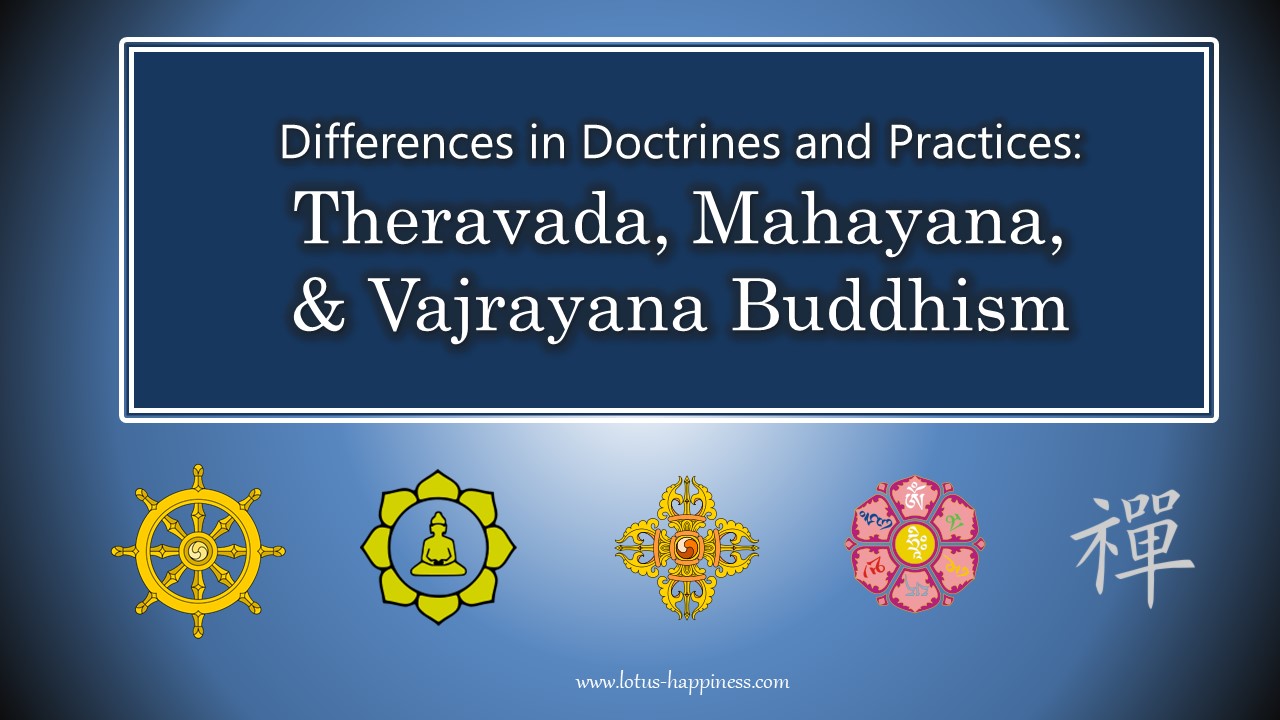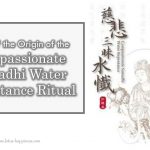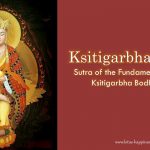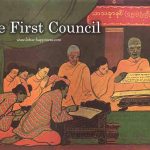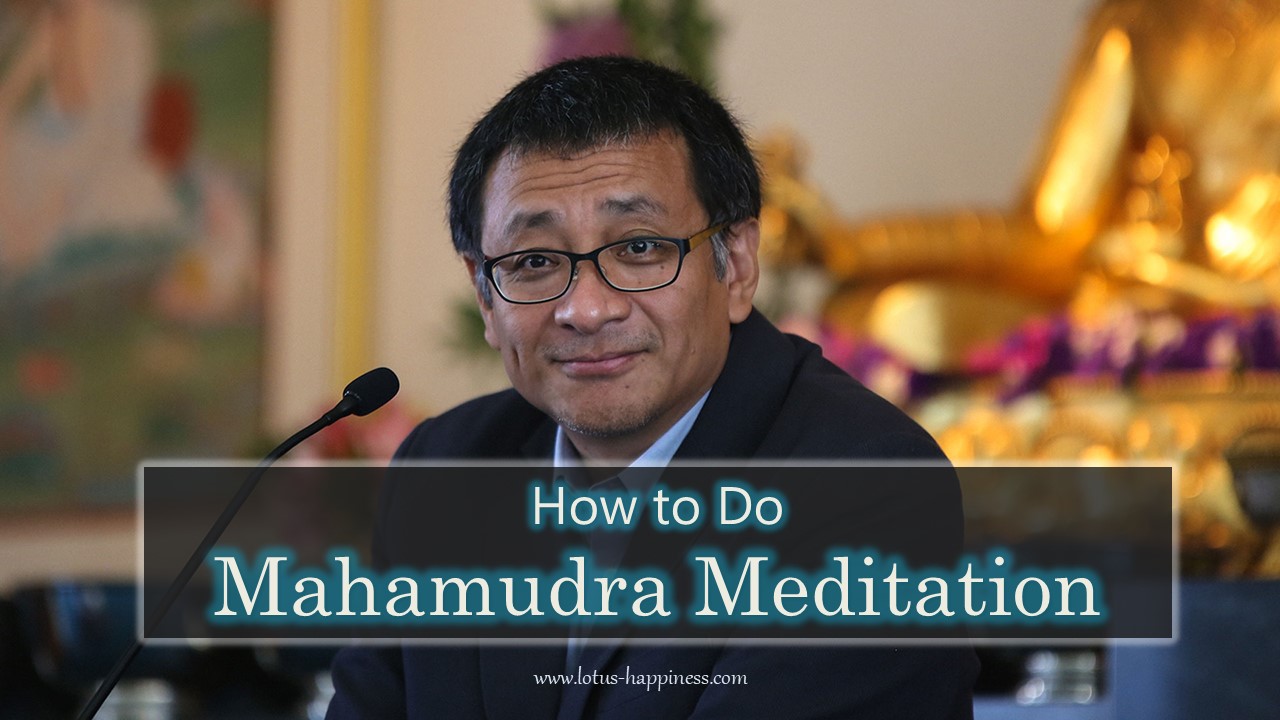Differences in Doctrines and Practices:
Theravada, Mahayana, and Vajrayana Buddhism
Buddhism is a world religion or philosophy with immense internal diversity when it comes to doctrines, practices, and sectarians. With over more than 2500 years of development and transmission of Buddhism from India to East Asia and Southeast Asia, Buddhism has evolved tremendously in tandem with the zeitgeist of time in different countries.
The practice and philosophy of Buddhism can be as different as a chalk and cheese between Theravada and Mahayana/Vajrayana traditions. A Theravada Buddhist who steps into a Mahayana/Vajrayana Buddhist temple may have little clue as to how to carry out the rituals or practices according to established norms correctly, and vice versa.
Have you ever wondered what are the key differences among three major traditions of Buddhism – Theravada, Mahayana and Vajrayana? While the table below is definitely not an exhaustive list, it nevertheless help you demystify some of the key doctrines and practices with respect to Buddha, Dharma and Sangha in the three traditions of Theravada, Mahayana and Vajrayana:
| Doctrines & Practices | Theravada | Mahayana | Vajrayana |
| Buddha | |||
| Number of Buddhas (bodhisattvas) | Only two Buddhas are mentioned in the Pali Canon:
Shakyamuni Buddha (Historical Buddha)
Maitreya Buddha (Future Buddha)
Dipankara Buddha (Past Buddha) |
In addition to Shakyamuni Buddha and Maitreya Buddha, Mahayana sutras introduce all other Buddhas and bodhisattvas in the universe:
· Amitabha Buddha, · Akshobhya Buddha, · Vairocana Buddha, · Medicine Buddha, · Bodhisattva Avalokitesvara, · Bodhisattva Manjushri · Bodhisattva Samantabhadra etc
|
Same as Mahayana |
| Concept of Eternal / Cosmic/ Original/ Primodial Buddha | No teaching on eternal/original/primodial Buddha.
Historical Buddha as human being, a person, who has entered nirvana.
|
Shakyamuni Buddha as both a historical Buddha who were reborn as a human and also a Cosmic Buddha who transcends the concept of time and space | Eternal Buddha or Primodial Buddha in the form of Dharmakaya:
· Vairocana Buddha, · Dorje Chang, · Shakyamuni Buddha · Nichiren Daishonin
|
| Buddha’s Past Lives | Predominantly about the moral actions of Shakyamuni Buddha and his disciples in the form of animals, humans, and devas. | Focus on how Shakyamuni Buddha practices the bodhisattva’s path to become a Buddha | Same as Mahayana |
| Trikaya | Only Nirmanakaya and Dharmakaya | All the three bodies – Dharmakaya, Sambhogakaya and Nirmanakaya | Same as Mahayana |
| Dharma | |||
| Doctrines & Practices | Theravada | Mahayana | Vajrayana |
| Objective or Goal of the Practice | Self-Liberation through attaining Arhatship
· Liberate suffering by attaining any of the Four Stages of Enlightenment · Reborn in Heaven
|
Self-Liberation + Helping others to attain Buddhahood (Bodhicitta)
· Attain Buddhahood
|
Self-Liberation + Helping others to attain Buddhahood (Bodhicitta)
· Attain Buddhahood quickly or in a single lifetime
|
| Types of Methods | Prevention
· Teachings of morality and meditation to prevent or avoid performing evil actions that will have negative consequences in accordance to the Law of Causality
|
Purification
· Purify karmic impediments and Body, Speech and Mind through the merits accumulated in chanting/meditation/bodhisattva’s vow |
Purification
· Purify karmic impediments and Body, Speech and Mind through the merits accumulated in chanting/meditation, in addition to tantric methods
|
| Buddha-Nature | Not taught | Core teaching | Core teaching |
| Teachings about the Truth of the World | Teaching about the truths in a conditioned world:
· Four Noble Truths · Eightfold Paths · Dependent Co-arising · Morality · Law of Causality (Law of Karma)
The Buddha teaches skilfully in response to individuals and situations
|
Teaching about the truths in an unconditional world:
· The truth of Buddha-Tathagata (Dharmakaya with Eternal Lifespan) · Dharma of Anuttara Samyak Sambodhi (How to Become a Buddha) · Dharma of Emptiness (Sunyata – Truth of the Phenomena) · Various stages and paths of bodhisattva’s practices to attain Buddhahood |
In addition to that of Mahayana’s, teach about the tantric methods or secret rituals to experience or actualize the state of Buddhahood in a single lifetime
The Buddha teaches about the nature of realm of Buddhahood just as it is and how to practice to achieve enlightenment.
|
| Realm of Living Beings | Living beings in the realm of Six Lower Realms:
· Hell, · Hungry Spirits, · Beasts, · Asura, · Human, · Heaven |
Ten Realms = Six Lower Paths + 4 Higher Realms:
· Shravaka, · Pratyekabuddha, · Bodhisattva, · Buddhahood
|
Same as Mahayana |
| Buddhist Scriptures | Pali Canon of Three Baskets (Vinaya, Sutta, Abhidhamma) | All Mahayana Sutras + Commentaries written by Notable Buddhist masters | Mahayana sutras + Tantric sutras + Commentaries by Notable Buddhist masters |
| Sangha | |||
| Doctrines & Practices | Theravada | Mahayana | Vajrayana |
| Monastic Practice | Vinaya or monastic codes | · Vinaya codes
· Bodhisattva’s Vows
|
· Vinaya codes
· Bodhisattva’s Vows · Devotion to Buddhist Master
|
| Meditation/Mindfulness | Insight/Vipassana Meditation to improve awareness and mindfulness of own thoughts at the present moment
· satipaṭṭhāna · ānāpānasati
|
Depending on different types of schools/sects:
· Insight/Vipassana Meditation · Visualization/mindfulness/Samadhi meditation of Amitabha Buddha (Pure Land) · Meditation of Koan (Zen) |
Depending on different types of schools/sects:
· Insight Meditation · Meditation/visualization of Buddhas/bodhisattva/tantric deity · Visualization of Sanskrit Seed Syllable |
| Chanting | Some popular chants include:
· Tiratana (Three Refuge) · Pancasila (The Five Precepts) · Metta Sutta (Discourse on Loving Kindness) |
Depending on schools/sects, some popular chants include:
· Amitabha Buddha (Namo Amituofo) · Bodhisattva Avalokitesvara (Namo Guanshiyinpusa) · Heart Sutra · Diamond Sutra · Lotus Sutra (Nam Myoho Renge Kyo)
|
Depending on schools/sects, some popular chants include:
· Amitabha Buddha (Om Ami Dewa Hrih) · Bodhisattva Avalokitesvara (Om Mani Padme Hum) · Green Tara · White Tara · Medicine Buddha · Heart Sutra
|
| Prostration | Core, daily practice | Not a core practice. Only limited to certain monastic practices/schools eg. Zen Buddhism which practices half or full prostration. | Not a core practice. Only limited to certain Vajrayana lineages. Nichiren Buddhism does not practice prostration. |
| Vegetarianism | Not necessarily | Practiced by some, depending on individual’s preferences. | Not practiced by Tibetan and Nichiren Buddhists. |
| Methods to Accrue Merits | Giving to monks | · Practice Six Paramitas
· Four Bodhisattva’s Vows · Chanting itself, · Reading the sutras
|
· Six Paramitas
· Four Bodhisattva’s Vows · Chanting itself, · Reading the sutras · Devotion to guru (i.e Master/Mentor and Disciple relationship) |
| Rites and Rituals (Mudra, Mantra, Mandala) | Some but not emphasized | Some rituals, depending on different schools. | Much focused upon rites and rituals, both open and secret. |
Other resources:
Mahayana Buddhism vs Theravada Buddhism

